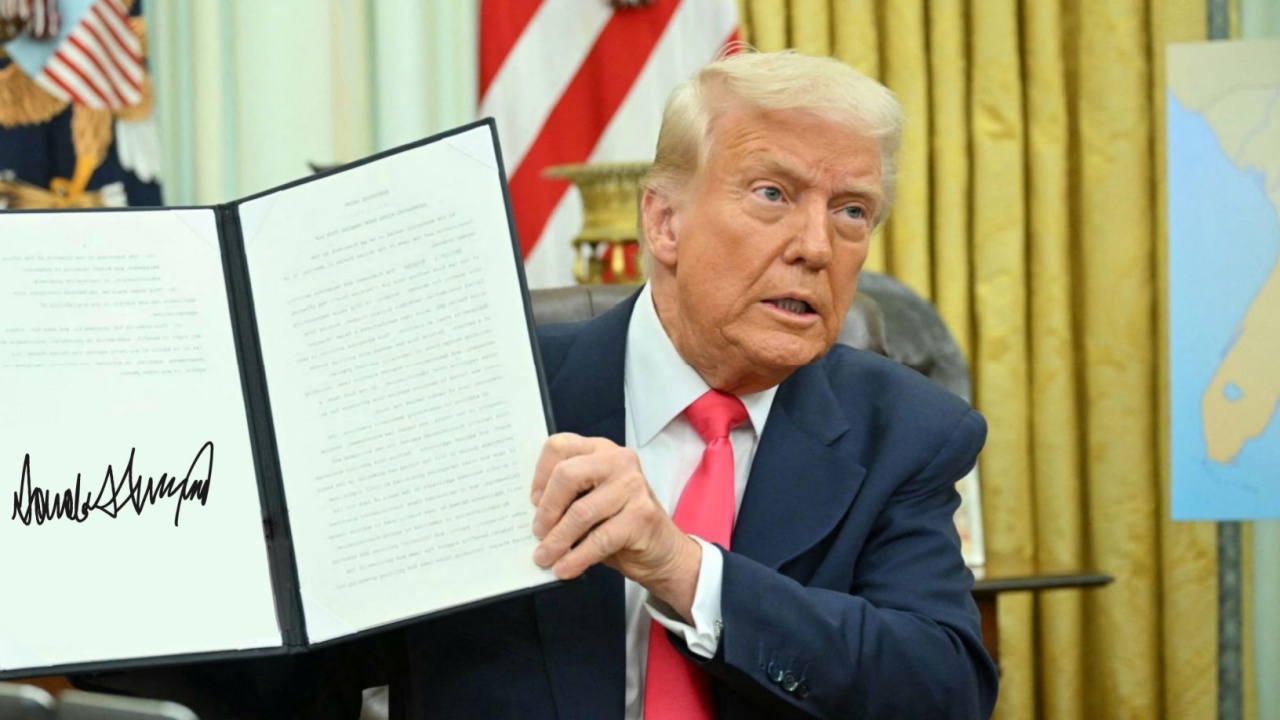
How Trump’s Tariffs Are Reshaping Global Trade
The unveiling of sweeping trade barriers has fundamentally shifted the nature of global trade diplomacy toward transactionalism.
This week, President Donald Trump announced a comprehensive set of tariffs affecting nearly all U.S. trading partners. This policy includes a 20 percent tariff on goods from the European Union and an additional 34 percent tariff on imports from China. Combined with existing measures, this results in a cumulative tariff rate of at least 54 percent on Chinese imports, which could be even more if we count the administration’s 25 percent tariff on imports from countries that continue to import Venezuelan oil.
Branded as America’s “Liberation Day,” Trump’s initiative fundamentally reshapes the global trade landscape. While its economic consequences remain uncertain, one feature of the policy stands out: it is structured around several principles of game theory. It leverages power asymmetries, imposes strict time constraints, and fragments coordination among trading partners. In doing so, it reframes global trade as a multi-actor negotiation game, rather than a rules-based system.
Forced to Choose
The tariff policy leverages power asymmetries by exploiting virtually all countries’ disproportionate dependence on access to the U.S. market. Since countries export heavily to the United States, they have more to lose from a disruption in trade than the United States does. The tariffs capitalize on this imbalance by imposing large potential costs on those who hesitate or resist.
Moreover, by imposing tariffs unilaterally and without prior negotiation, the United States positions itself as the first mover, forcing other countries into a reactive role. This sequencing provides Washington with additional strategic leverage. It sets the parameters of engagement and forces others to respond on its terms.
Hit Everyone at Once
A central design feature of this tariff package is simultaneity. All countries are targeted at the same time, leaving no opportunity for sequential responses. This prevents governments from waiting to observe others’ strategies or coordinating joint action. As a result, countries are pushed to make quick, independent decisions. This mirrors a coordination game, where players would benefit from acting together but often fail to do so due to mistrust, uncertainty, or time constraints.
The simultaneity also creates a classic coordination problem under conditions of imperfect information. With no ability to observe how others will act, other governments are more likely to choose risk-averse strategies, such as early compliance, to avoid the worst-case scenario of isolation. These are known in game theory as risk-dominant choices. While some countries may attempt to infer others’ intentions through diplomatic signals or statements, the short deadline curtails their ability to adjust. The policy thus resembles a signaling game under time pressure, where ambiguity can be used strategically to prevent coalition-building.
A Tight Deadline
Another critical component is the time constraint. The United States has given countries until April 5 and April 9 to prepare for the trade barriers. This introduces a “deadline effect,” a well-established concept in negotiation theory and dynamic games. Deadlines increase the cost of delay and compress the time available for coordination, which favors early movers.
This limited time horizon turns the interaction into a finite repeated game. In such games, long-term cooperation tends to unravel as the end point nears. Players, anticipating the conclusion, may defect or retaliate just before time runs out. Larger economies, in particular, may pursue such late-game defection strategies. Meanwhile, countries facing short-term economic or political pressures—such as upcoming elections or vulnerable export sectors—may choose to negotiate early.
This dynamic creates what game theorists call a first-mover advantage for early negotiators, and a coordination failure risk for countries that try—but fail—to act together. The most likely outcome is fragmentation: some countries concede early, others retaliate, and a few attempt to hold out.
An Era of Transactional Multilateralism
The unveiling of sweeping tariffs has fundamentally shifted the nature of global trade diplomacy. Rather than resolving disputes through established norms and multilateral institutions, the United States is reframing trade as a dynamic game of leverage and individual negotiations. In such an environment, economic diplomacy becomes less about adhering to agreed-upon frameworks and more about individual nations’ capacities to manage risk, signal resolve, and exploit informational asymmetries.
For executives and decision-makers, this new paradigm demands capabilities that transcend conventional risk management, trend analyses, and mainstream economic thinking. Success hinges on decoding geopolitical signals and swiftly adapting to them. Given the complexity of this new economy, lucrative profit opportunities will come for those who understand how to navigate these new geopolitical tensions, trade barriers, and “unpredictable” policy decisions.
While U.S. firms accustomed to institutional predictability may find this environment unsettling, this environment is actually stable compared to countries like mine (Venezuela). When I speak with businesspeople in countries like Lebanon, Argentina, or Nigeria, they all recognize that in fractured systems, agility is existential, and chaos is a currency. In this age of transactional multilateralism, the divide between winners and losers will mirror the divide between those who wait for stability and those who realize today’s disruptions are tomorrow’s profit engines.
Jorge Jraissati is the President of the Economic Inclusion Group, a young policy organization tackling urgent and complex economic challenges. EIG partners with policymakers and industry leaders to ensure freedom and fair access to financial systems, expand economic opportunity and innovative growth, and strengthen economic security and energy resilience. Jorge is also a researcher at IESE Business School and at the FAU College of Business. Follow him on X: @JraissatiJorge.
Image: Babooo0 / Shutterstock.com.